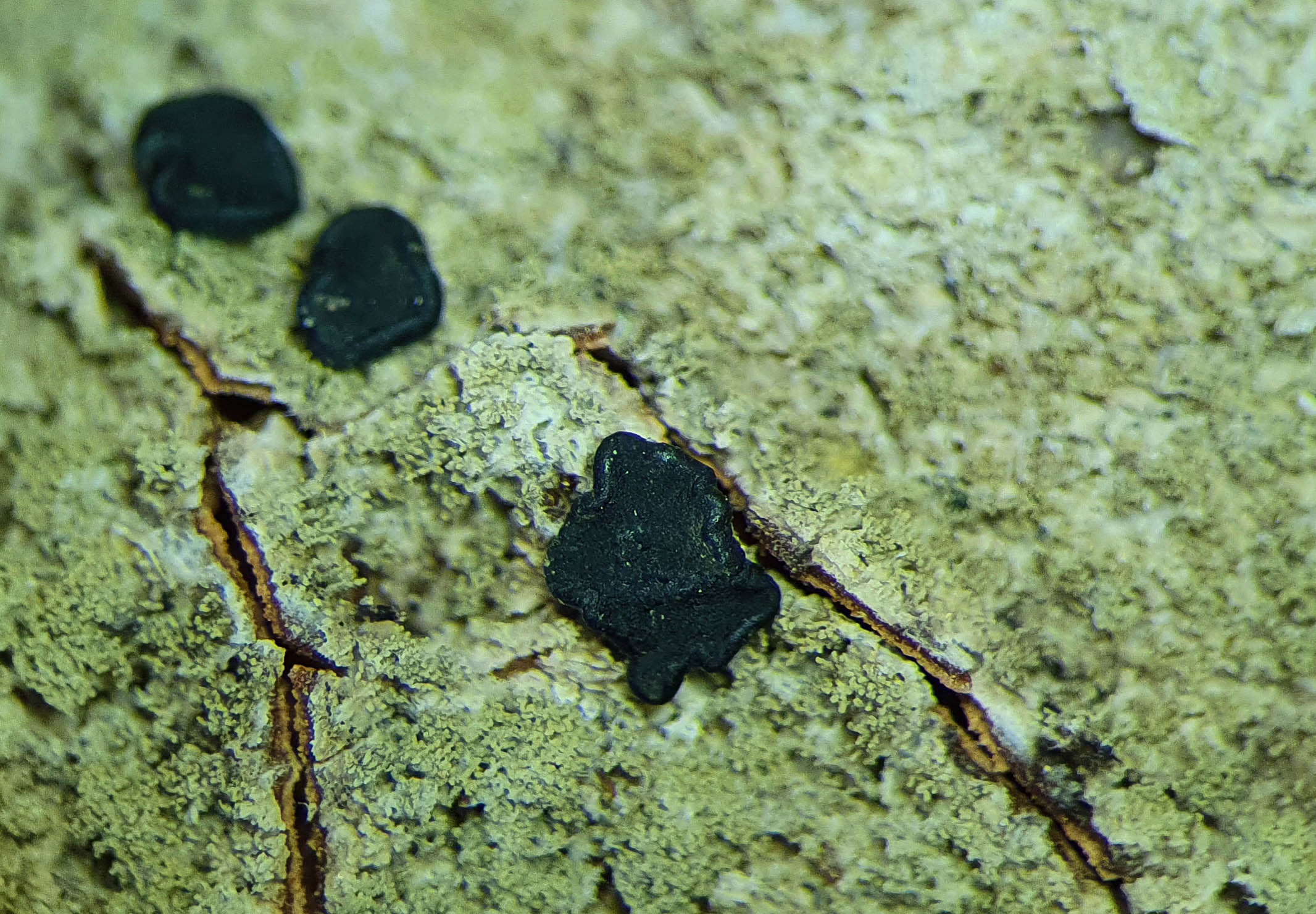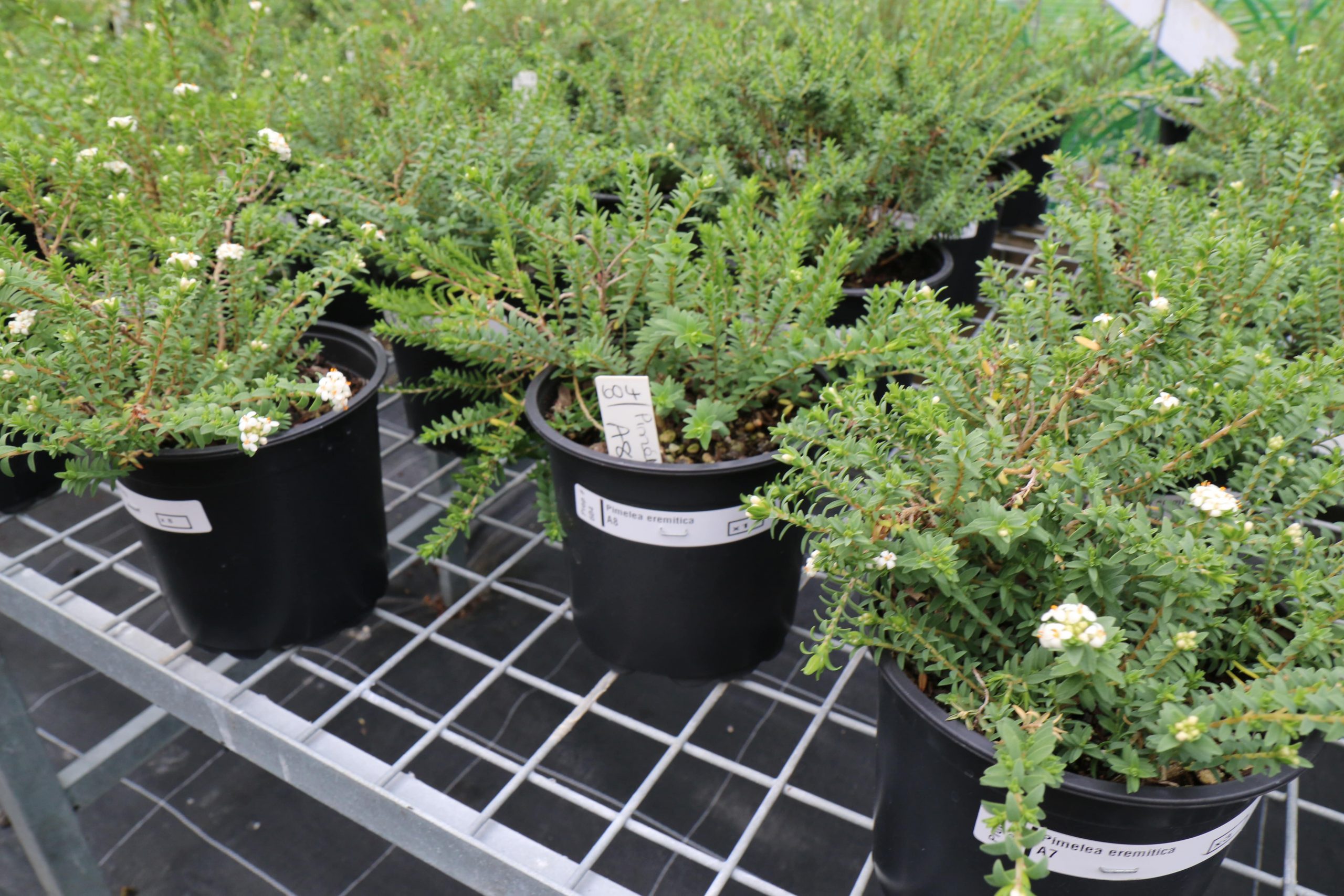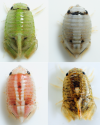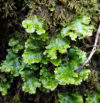Category Research Projects
Click here to read article.
Ngā Roimata ō Tōhe, Pimelea eremitica, is a plant of cultural significance to Te Roroa hapū. Their rohe encompasses Maunganui Bluff, which is the only known remaining location where this small herb still grows in the wild where it is… Continue Reading →
Humid air or condensation is one of the most significant contributors to dampness in homes. Moisture not only can damage the structure of homes, but it can also promote the growth of mould. Mould has been linked to various health… Continue Reading →
Colour polymorphism is defined as colour variation within a species or population that is maintained by genes in our DNA (rather than by diet or the environment). Many animals exhibit some degree of colour polymorphism. This can simply be displayed… Continue Reading →
As a result of molecular systematics Aotearoa / New Zealand now has very few endemic plant genera left. One of the few remaining endemic genera is Entelea of which whau (E. arborescens) is the sole known species. Whau is easily… Continue Reading →
An important first step has been taken towards assembling and annotating the genome of our most voracious introduced predator, with the capturing of “Stan” the stoat. Stan, a one-year old male stoat, was live trapped in a cage-trap in the… Continue Reading →
a rediscovered species, a new combination and the potential for a useful bioindicator of forest health Lichens are an amalgam of one or more fungi, green algae, cyanobacteria or sometimes both photosynthetic partners. This relationship, a symbiosis, is perhaps best… Continue Reading →
New Zealand is filled with the descendants of great voyagers who left their homes in far-off lands for a new life in this idyllic land. This mass immigration has created a diverse melting pot of immigrants from across the world…. Continue Reading →
To conserve species we need to reliably be able to identify them, understand their ecology, map their distributions, count their numbers and identify any threats to their survival. Unfortunately, some groups of species are very hard to tell apart, making… Continue Reading →
The Chatham Islands group comprise the eastern most extension of the New Zealand Botanical Region. The islands lie 800 km east of Christchurch, and take anywhere from two and half to three hours by plane to reach. The two main… Continue Reading →









